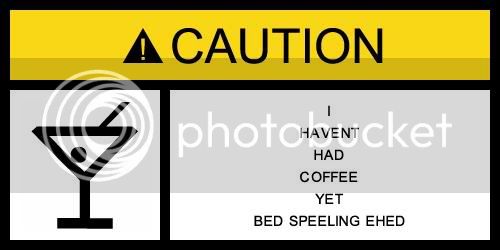I am currently brewing my first IPA. I threw in about 6-7oz of hops during the wort boiling, and then I dry hopped 2oz during the primary fermentation (I know secondary is most common, I probably will not do primary again).
My question is, how do I clean up the beer a bit? There is a nice thick layer of hop residue on the top, and after taking a sample of it to check the specific gravity, I could tell it was extremely cloudy. Now, I know it's still early (only fermenting for 3 days, but the fermentation is nearing completion I think), but I was thinking about getting it into a secondary fermenter soon, but I wanted to try and clean it up a bit.
Should I just transfer it to the secondary fermenter without any sort of filtering process? Should I use a cheese cloth to try and filter out some of the hops? Mostly I am looking for filtering suggestions, and the time as to when I should do the filtering.
My question is, how do I clean up the beer a bit? There is a nice thick layer of hop residue on the top, and after taking a sample of it to check the specific gravity, I could tell it was extremely cloudy. Now, I know it's still early (only fermenting for 3 days, but the fermentation is nearing completion I think), but I was thinking about getting it into a secondary fermenter soon, but I wanted to try and clean it up a bit.
Should I just transfer it to the secondary fermenter without any sort of filtering process? Should I use a cheese cloth to try and filter out some of the hops? Mostly I am looking for filtering suggestions, and the time as to when I should do the filtering.




